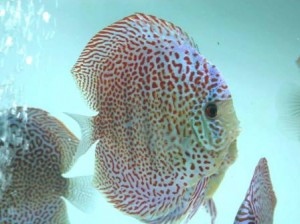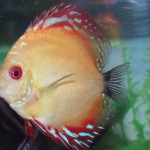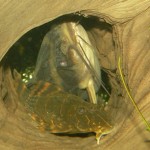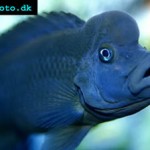The discus fish is a great addition to any aquarium, but making the decision to add one or more means a definite commitment to their well-being as they are notoriously difficult to look after. Anyone who has devoted the time to proper discus care will get a real kick out of these friendly fish, and the next logical step in owning a discus is to try a find a pair that will breed. It wasn’t so very long ago that discus breeding in a home aquarium was considered something of an impossibility, but through trial and error, it is now more commonplace than you would think.
Tank size and water conditions are crucial to proper discus care, and those same rules apply when it comes to breeding. If you have already maintained a discus fish for a long period of time, then there are no adjustments that have to be made to the tank conditions. Discus fish have a personality that is all their own, and that is why you can’t simply add a male and female to the tank and expect them to mate, so the pairing may actually be the most difficult part of the entire process. You can search for breeders who will sell a pair that have already mated, but that could become an expensive proposition, so many people get round the pairing problem by purchasing a group of 6 or more young discus fish and allow them to choose their own partner; yes they are just that fickle.
If this is your first attempt at breeding discus fish then there are a couple of things to look for that will let you know when a couple has paired off. The duo will start to act aggressively when they feel that the area they have chosen for breeding is being approached, and they will take turns fastidiously cleaning the area they have chosen for spawning. Once they have the site prepared, the female discus deposits the eggs in rows, with the male in close pursuit to fertilize them. Both male and female will fawn over the eggs, fanning them with fresh water and carefully removing unfertilized eggs to prevent the healthy ones from becoming infected. The eggs will hatch in about 48 hours and the fry (babies) will stay in the spawning site for an additional 12 hours.
The first week will see the fry feed off food secreted from between the parents’ scales, and much of their time will be spent being taught how to hide, a practice that is very common among discus. Once you are sure that the fry are no longer feeding of the parents, you can start to introduce brine shrimp and powdered flake food into their diet. By 12 weeks the discus will be fully grown, at which point they can be sold or moved to a separate tank. Once you have a pair that have mated once, you will find that they do so on a fairly regular basis as long as a high level of discus care is maintained at all times.












